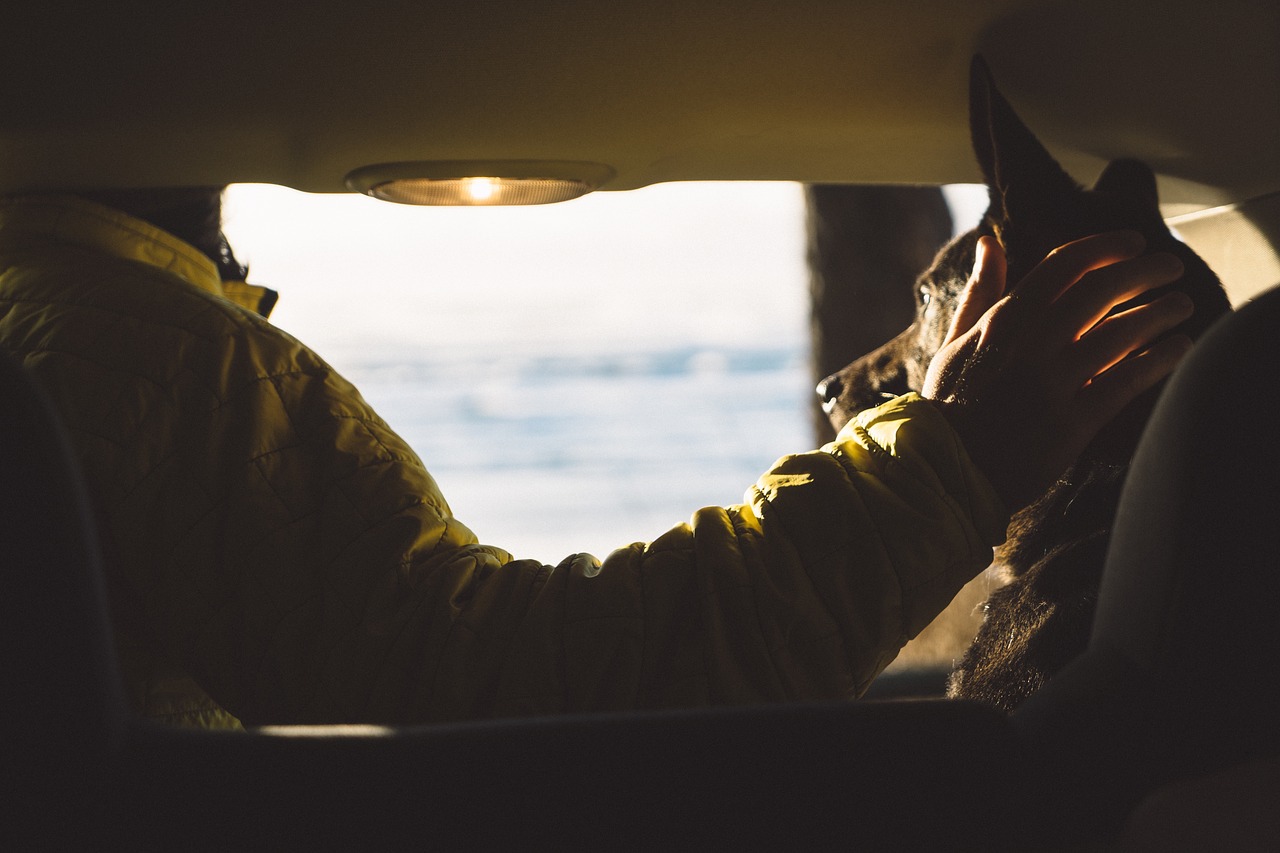 Keeping pets is now very usual. People who own pets will inform you that making travel plans involves choosing whether to bring your pet with you or leave them under the care of a pet boarding center. Whether you’re traveling by air, car, train, or foot, carefully think about your pet’s needs and carefully assess the alternatives available, and plan appropriately. You must always think about your pet’s condition, safety, and preferences when deciding whether to take them with you or leave them home with a certified pet sitter.
Keeping pets is now very usual. People who own pets will inform you that making travel plans involves choosing whether to bring your pet with you or leave them under the care of a pet boarding center. Whether you’re traveling by air, car, train, or foot, carefully think about your pet’s needs and carefully assess the alternatives available, and plan appropriately. You must always think about your pet’s condition, safety, and preferences when deciding whether to take them with you or leave them home with a certified pet sitter.
Tips About Planning A Trip With Pets
Many pet owners grow so fond of their pets that they prefer to travel with them anywhere than leave them alone. Therefore, preparation for a pet-friendly trip is advised. This post provides you with a pet traveling tips list for this planning.
1. Recognition Tags
Pets can not identify themselves. Therefore, despite the mode of traveling selected, it’s essential to tag your pet with correct identification before going out. This would help guarantee your pet finds its way back to you if you get separated. It also helps avoid confusion between owners in cases where two pets might resemble each other.
2. Permanent Identification
The wise state is that you can never be too cautious. Therefore, apart from tagging your pet with the necessary identification tags, it’s advised for you to fit them with a permanent mode of identification, like a microchip. This would also help track your pet if they wander off or you become separated.
3. Train Them
While still young, you should train your pet because animals take a while to totally master commands and expected habits. You should teach them to remain calm during travel and properly respond to commands. A reward system is strongly advised as it helps the lessons learned stick more. If you own two or more pets, you should train them separately.
4. Protect Your Pet
After training the pet, many people believe it’s harmless to let them roam around the car/plane throughout the trip. However, this is wrong. Like people, pets might get injured when the vessel of travel makes a sudden movement or in case of an accident. Therefore it’s advised to crate the pet to keep them protected.
5. Carry a First Aid Pet Kit
We never know if or when accidents might happen. The best approach to counter this is to be prepared if they take place. Pet owners are suggested to carry a pet first-aid kit with plasters, gauze, and hydrogen peroxide if vomiting is necessary. You need to always follow the tips given by an expert first before actually treating your pet from presumed exposure to toxic substances.
6. Be Extra Cautious
Despite how deep you know your pet, you can never know how they respond to new stimulations. Your cat, for example, may choose to look for refuge in between your legs while driving after hearing a loud noise like a vehicle honking. Unfortunately, this can lead to a fatal accident, and thus it’s strongly recommended that you keep your pet secure at all times during travel.
7. Handling a Pet During Air Travel
Most airline companies will let you carry your pet in the plane’s cabin only if the pet fits in the pet carrier or under the seat. Also, it’s a need that the pet’s size allows it to stand and move in the carrier. You’ll also need to load a few essentials for the dog, like a poop bag, a water bottle, a collapsible bowl, a recent photo of the pet, and a chain.
Conclusion
The above tips mostly focus on the safety and wellness of your pet during the trip. Therefore preliminary safety precautions, like guaranteeing your pet must remain in a good physical state to travel, are observed. It’s also important to ensure that the travel destination is free from animal illnesses such as rabies. By following the above advice, traveling with pets becomes less hassle and a pleasant experience.

